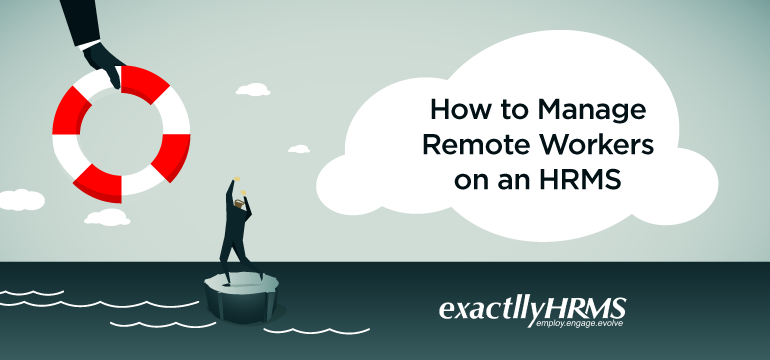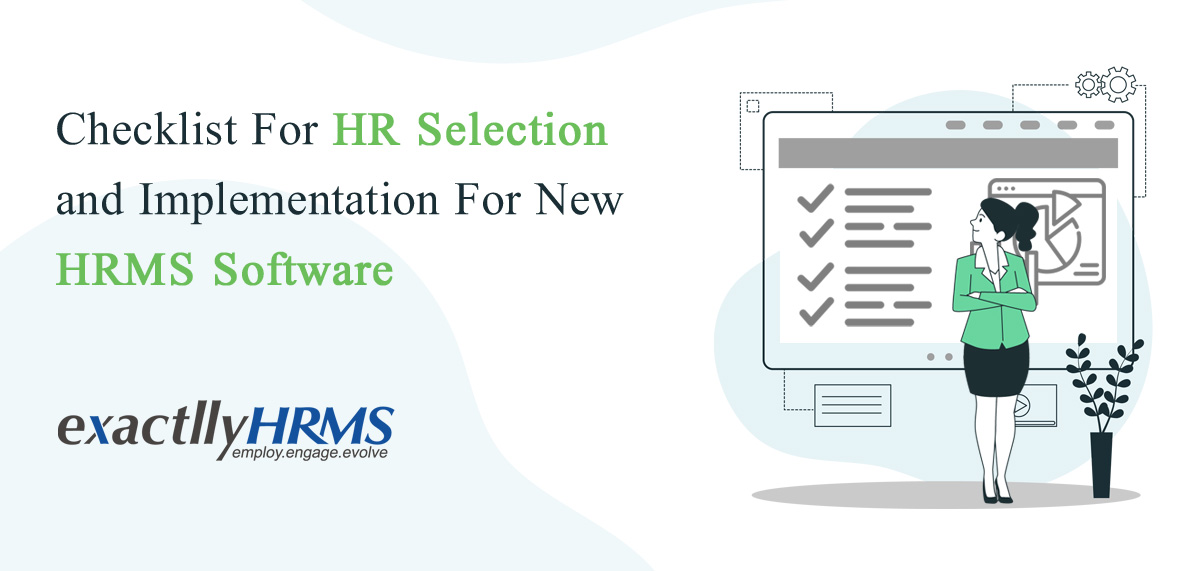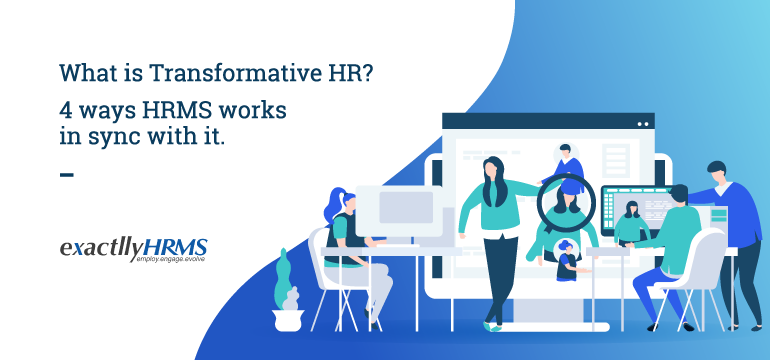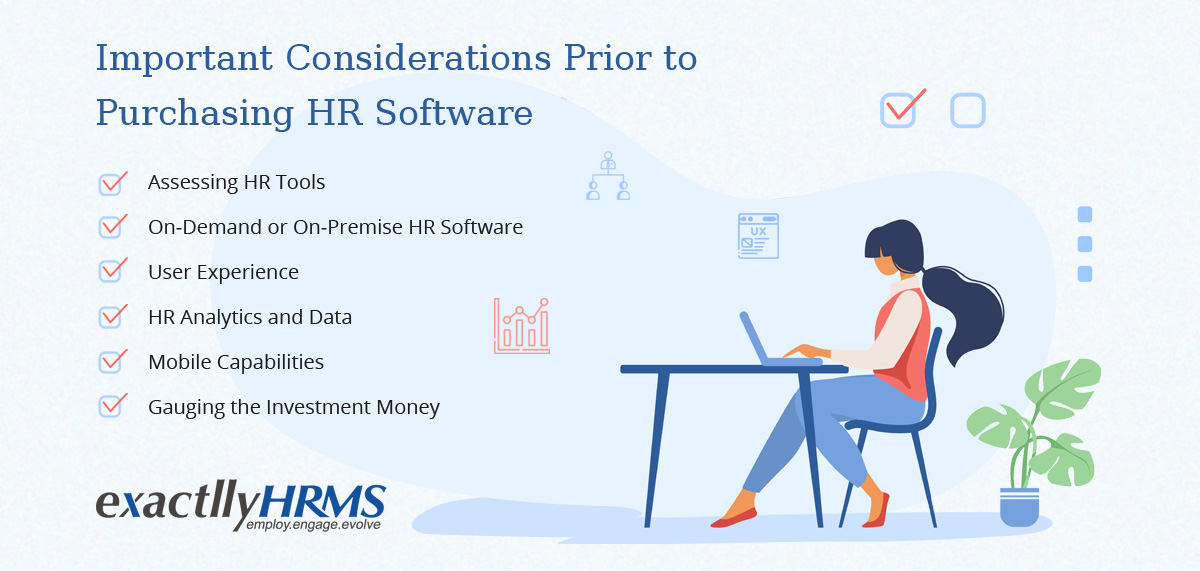How to Manage Remote Workers on an HRMS

A large number of organizations have begun to hire freelancers and remote workers for their requirements. Freelancers and remote workers account for a majority of employees or contractors in most modern startups and companies. There are several reasons for this. Rising costs of labour difficulties in procuring talent, and impermanence of requirements are all reasons why hiring remote workers is a great solution.
In fact, studies show that many of the companies are profitable only because they hire remote workers. While we all can now confirm that remote workers are absolutely indispensable, it is also important to know how to manage them. In this article, let us take a look at how a good HRMS can help you manage your workers better.
1. Manage your Remote Workers’ Time and Attendance –
Usually, remote workers tend to work on their own accord. One of the reasons why they choose to be remote workers is to be able to work autonomously, without being told when to do what. An HRMS will give you the required tools to manage and monitor how long your remote workers work on your project. You can use an HRMS’ in-built time tracking tool to help employees clock in their login hours. You can also assign how long they work on each project and if they were able to stick to the project time goals. Secondly, you can also manage their attendance and make sure that they are present when they claim that they actually are. This will help you to ensure that remote workers are on track with their time management and that you pay only for the number of hours they work on your project.
2. Manage your Remote Workers’ Leave –
Remote workers often find it difficult to communicate with you when they need to apply for a leave. Just because they work remotely does not mean that they will not fall sick. They may have other emergencies or may plan to take vacations as well. An HRMS lets your remote workers apply for leave and manage the days they are present at work with the help of leave management tools. This will help you to pay the remote worker accordingly and manage their leaves as well. After all, when a remote worker has control over how they manage their own leaves, they will also take more interest in their work.
3. Provide them with Feedback and Suggestion –
One of the drawbacks of managing remote teams is that it becomes difficult to collaborate with them and manage them efficiently. You will not be able to provide suggestions face to face and may have to depend on emails and back to back text messages. An HRMS tool helps you to make sure that all your projects are quite collaborative in nature. You can integrate your HRMS with collaborative tools and make sure that your remote team is on track with respect to your suggestions and feedback. There are hundreds of collaborative tools available today that can be integrated with any HRMS. For a full list, please contact us today.
4. Conduct Successful Performance Reviews and Appraisals –
Conducting regular performance reviews and yearly appraisals are very important, especially if your remote workers are on your payroll for a long time. This helps you to hire better workers over a period of time, or reward those who perform well. If you thought you can’t manage your remote workers’ performance, think again. All you need to do is to integrate your HRMS with third party performance appraisal tools or make customizations to your existing HRMS so that you can review the performance of your employees and workers in a semi-automated fashion. In fact, your existing HRMS may already be able to do that. Get a consultation today to see what will work for you the best.
5. Monitor Productivity of your Remote Worker Teams –
HRMS provides valuable analytics and insights about your employees’ performance. It gives you insights into how productive each remote worker is, and what you can do in order to improve performance. HRMS insights can be analyzed along with various other KPIs that reveal the productivity of your remote teams, down to the individual level. This will help you to make actionable changes that will not only improve productivity but also ensure remote worker satisfaction. You can regularly assess insight reports to evaluate the performance and productivity of your remote worker teams, and even automate it to a certain extent.
Start Managing your Remote Workers Efficiently:
As you can see, managing remote workers using HRMS is easy and efficient. Firstly, it helps your employees to clock in their logged in hours and the amount of work they have done. Next, they can use the self-service option to apply for leave and manage leave applications. Third, you can provide them with feedback and suggestions, thanks to collaborative tools. Further, you can also conduct performance appraisals and reviews of your remote workers. Last but not the least, you can use HRMS insights and analytics to monitor the productivity of your freelance teams. In short, an HRMS provides you with the automation tools necessary to manage your remote workers efficiently and easily. To learn how you can implement HRMS to manage your remote teams. Feel free to Contact Us and get a Free Demo.






